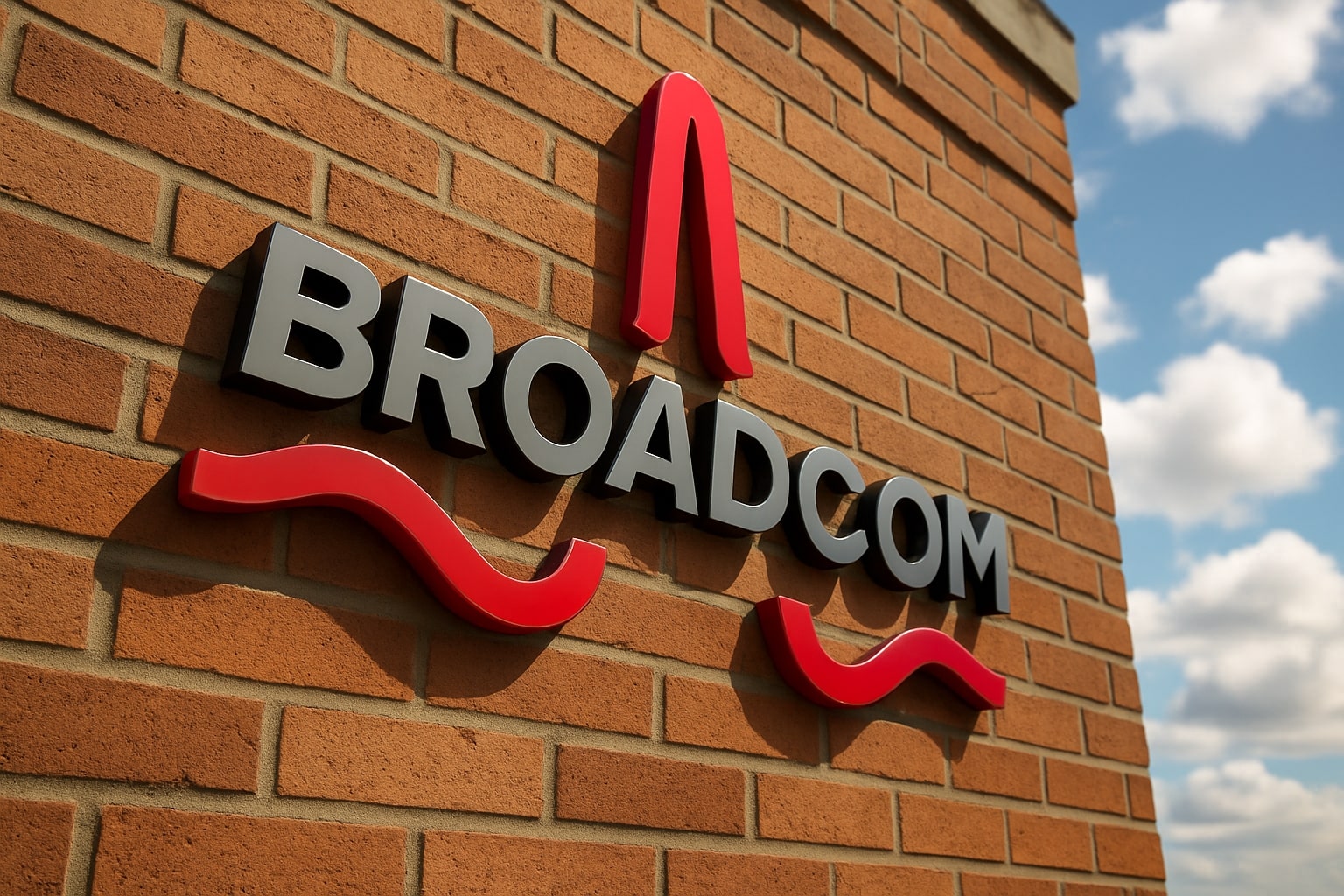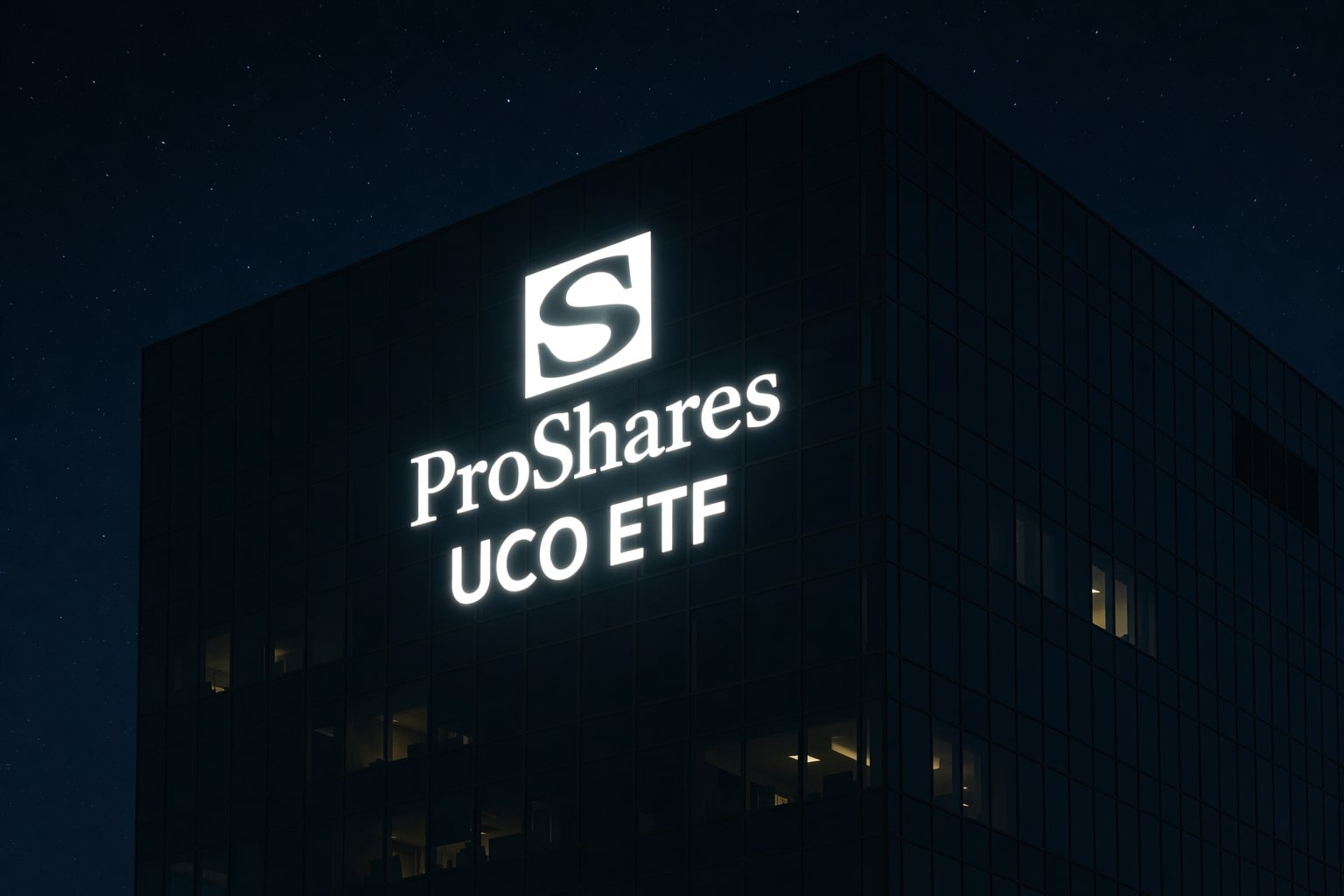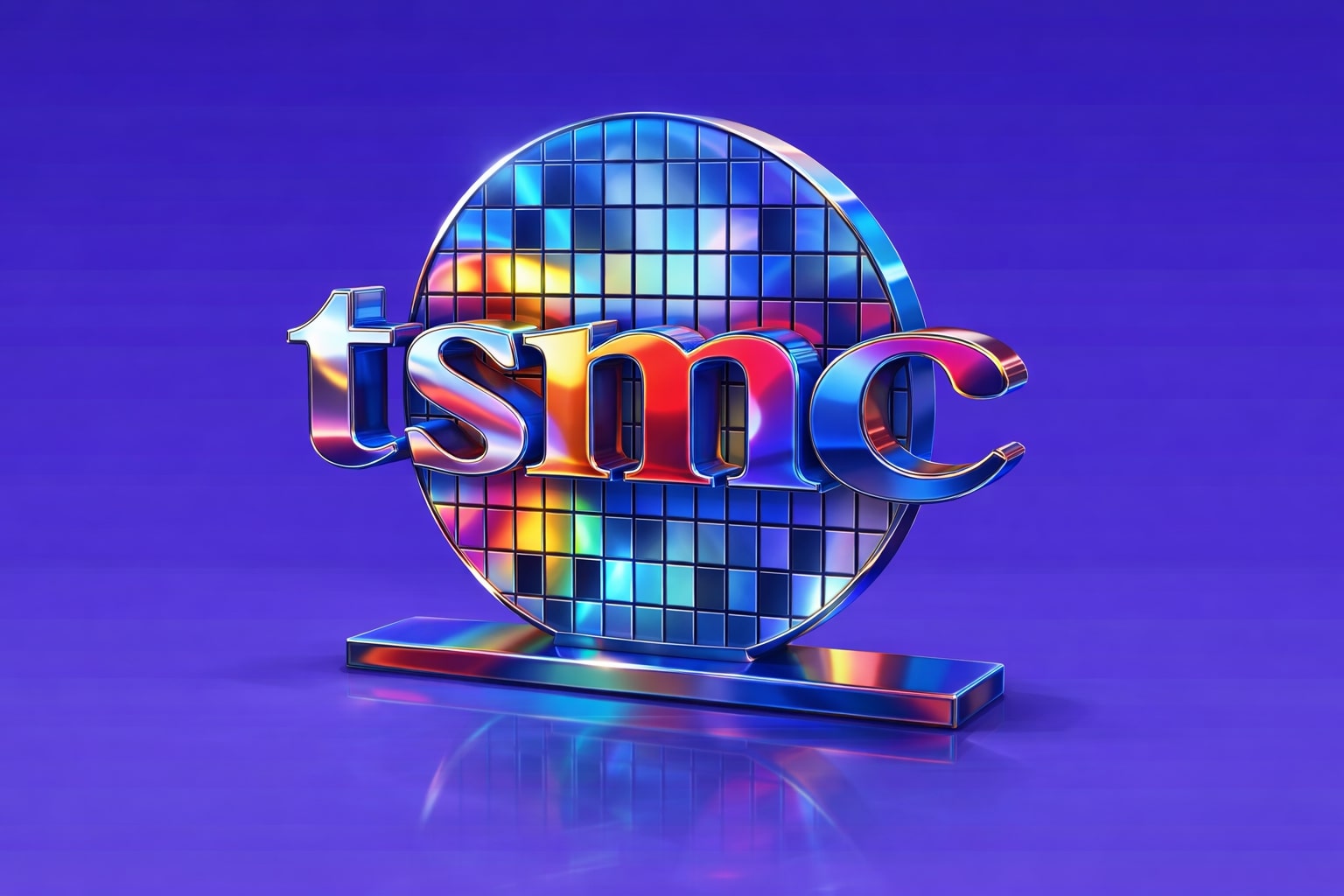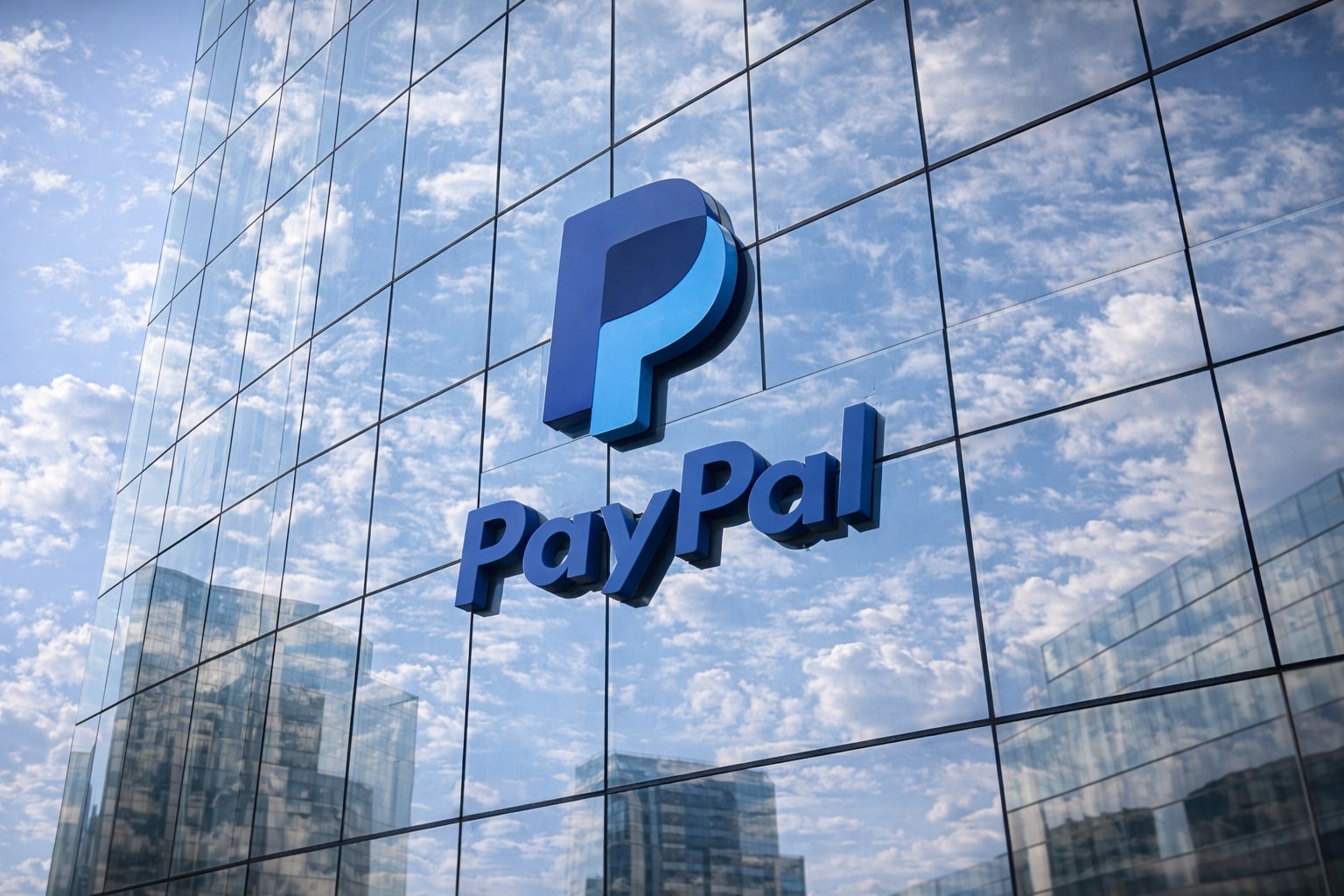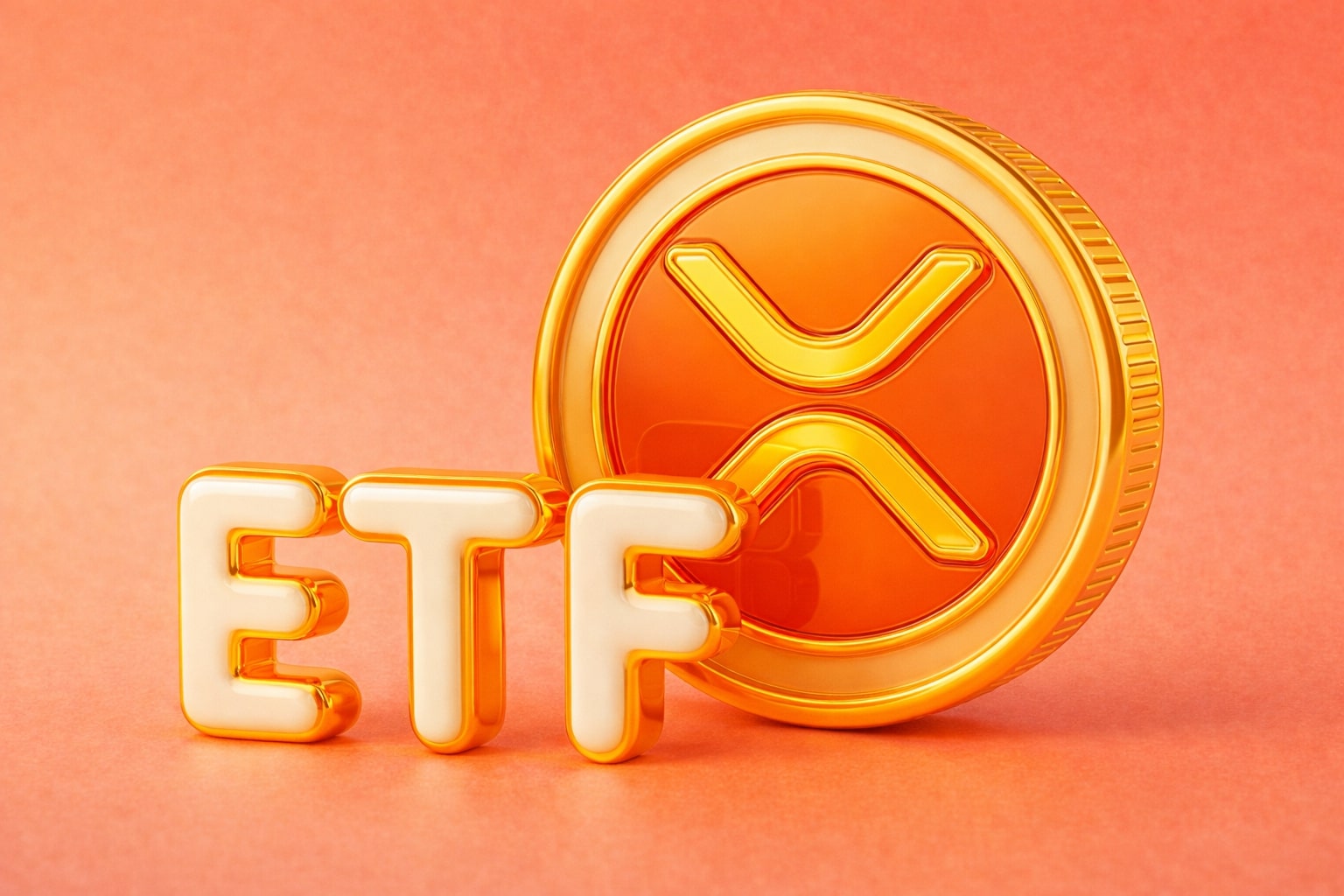Broadcom (NASDAQ:AVGO) Extends AI Leadership With Explosive Growth and Strategic Depth
NASDAQ:AVGO Stock Performance and Market Capitalization
Broadcom (NASDAQ:AVGO) is trading at $359.42, down 0.07% on the day but up 120.7% over the past year, outpacing both the Nasdaq and S&P 500. With a $1.70 trillion market cap, Broadcom has cemented its place as one of the most valuable semiconductor firms globally. Its YTD return of 55.8% dwarfs the S&P 500’s 12% gain, while its five-year return has exceeded 1,025%, a level that rivals Nvidia’s historic run. The stock hit a 52-week low of $138.10 and a high of $374.23, underscoring the extraordinary rally powered by AI momentum. Average daily trading volumes exceed 21 million shares, highlighting strong institutional participation.
Earnings Growth, Profitability, and Cash Flow Power
Broadcom delivered Q3 FY2025 revenue of $15.95 billion, up 22% YoY, accelerating from 20% growth the prior quarter. Net income reached $4.1 billion versus a $1.9 billion loss a year earlier, reflecting dramatic operational improvement. Adjusted EPS came in at $1.69, beating consensus of $1.66, and up 36.3% YoY. Adjusted EBITDA hit $10.7 billion, translating to a record 67% margin, placing Broadcom among the most profitable semiconductor firms globally. Free cash flow surged 46.6% to $7 billion in Q3, with trailing twelve-month FCF at $24.9 billion and a 41.6% margin. Levered free cash flow stands at $23 billion, enabling continued dividends, debt service, R&D, and acquisitions.
AI Semiconductor Revenue Explosion
AI is the locomotive. In Q3, Broadcom’s AI semiconductor revenue soared 63% YoY to $5.2 billion, now representing over half of semiconductor sales. Management guided Q4 AI revenue to $6.2 billion, a 66% YoY surge, implying $20+ billion annualized run-rate. These figures highlight Broadcom’s domination of custom ASICs and networking chips for hyperscale AI. CEO Hock Tan confirmed that a fourth customer — now revealed as OpenAI — placed $10 billion of AI rack orders, joining Google, Meta, and ByteDance. This cements Broadcom’s grip on custom inference silicon, a space where it controls 70–75% market share. Unlike episodic GPU training cycles, inference workloads generate continuous demand, and Broadcom’s XPUs deliver 3–5x performance per watt versus GPUs, saving hyperscalers billions annually.
Networking Strength Underpins AI Clusters
Beyond ASICs, Broadcom’s Ethernet switches remain the circulatory system of AI infrastructure. The Tomahawk 6 networking switch delivers 102.4 Tbps throughput, reducing power consumption by 30% and latency by 40%. Networking revenue tied to AI is rising 40% annually and could surpass $15 billion by 2027. With over 50% share in Ethernet switching, Broadcom’s dominance extends into cluster scalability, an area where Nvidia Spectrum competes but lacks Broadcom’s scale. AI networking is emerging as a hidden growth driver, and investors are beginning to assign software-like multiples to this division.
VMware Integration and Recurring Software Revenue
The $61 billion VMware deal, once doubted, is proving accretive. Infrastructure software revenue grew 17% YoY to $6.8 billion, with VMware Cloud Foundation 9.0 now live. Gross margin in this segment hit 93%, while operating margin surged to 77%, up from 67% last year. VMware is conservatively delivering $16 billion in annual revenue, much of it subscription-based, with the potential to scale to $35 billion by 2027. Broadcom’s pivot from perpetual licenses to SaaS is paying off, boosting customer lifetime value and smoothing revenue cycles. Analysts view VMware as a $500+ billion business in the making if AI workloads continue migrating to hybrid cloud.
CEO Stability and Insider Commitment
Leadership continuity is critical. CEO Hock Tan, architect of Broadcom’s M&A strategy, confirmed his role through 2030, assuring investors of steady strategic direction. Institutional ownership stands at nearly 80%, while insiders hold just over 2%, with transaction activity tracked here. Investors view Tan’s contract as a stabilizer for long-term strategy, particularly as Broadcom integrates VMware and deepens AI commitments.
Valuation Premium and Market Comparisons
Broadcom trades at 39.5x forward earnings and 29x sales, far above its 10-year averages. The forward PEG ratio is 0.59, implying investors are paying for growth but not irrationally. Nvidia (NASDAQ:NVDA) trades at lower multiples relative to growth, but Broadcom’s EBITDA margins and recurring revenue streams justify premium pricing. Free cash flow is expected to grow 49% in 2025 and 39% in 2026, outpacing stock appreciation, which could normalize the lofty P/FCF of 65. Analysts’ targets cluster between $345 and $415, with some bullish cases stretching to $500 by 2027.














